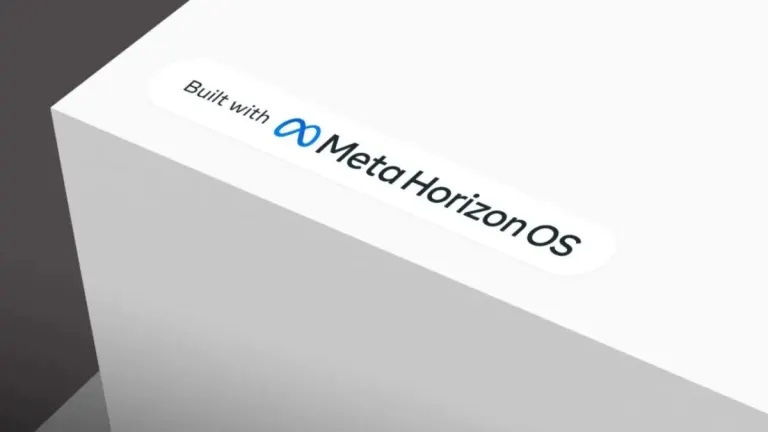Run different Java applications
Java Runtime Environment (JRE) is a software layer that provides services required to execute Java applications. It’s an essential component of the Java Development Kit (JDK) and contains all the tools needed to run different Java-based software programs. Since numerous web applications rely on JRE to function, you should have the latest version installed on your Windows device. Without it, you may have trouble loading games, chat boxes, and movies. Java Runtime isn’t limited to Windows and is also available for download on Mac devices.
What is a runtime environment?
A runtime environment consists of a set of class files needed by a software program to run. It also provides the latter with access to system memory and resources, without which the application wouldn’t work. A few years ago, most software programs used the operating system of the device on which they were loaded as the runtime environment. They relied on the device’s memory, files, and resources to execute functions.
However, with the creation of the Java Runtime Environment, Java programs no longer had to rely on the device’s operating system to execute. They could call upon JRE for resources, tools, and memory, whenever required. Owing to Java’s popularity, a lot of applications, including games, web apps, and services now require Java Runtime Environment to run unhinged. You can’t develop applications with JRE, but need it on your device to run Java programs.
What is the use of JRE?
Some of the most prominent companies in the world, including Airbnb, Uber, LinkedIn, and Spotify use Java to create web and mobile applications. It’s a comparatively new programming language that is fast and secure and allows developers to create modular applications with recyclable code. However, the reason behind its popularity lies in the fact that it is platform-independent. This means that Java programs can easily run on a wide range of computers, provided they have the Java Runtime Environment installed.
Using Java, developers can create a software application on one operating system and provide it to users running another OS. For instance, a Java application created on Windows will run, without any glitch whatsoever, on Mac or Linux computers. The only requirement is that all devices have JRE installed. Due to platform portability, Java is used to create billions of games, apps, and services. Numerous medical devices, printers, navigation systems, mobile phones, and PCs also make use of Java.
Consists of an array of functions
Java Runtime Environment is a meta-operating system that sits atop the computer’s operating system. It offers additional services specific to applications written in Java. The primary function of the Java Virtual Machine or JRE is to ensure that Java applications run on different operating systems without requiring any modification.
Apart from this, JRE also consists of a range of components and libraries without which apps wouldn’t function. These include automatic allocation and management of memory, Java Web Start and Plug-in, Java Naming and Directory Interface (JNDI), Java Archive (JAR), and Java for XML Processing (JAX-WS), among others.
Offers customizable settings
Part of Oracle Technologies, JRE features a Control Panel using which you can configure security certificates, as well as network settings. You can access all of JRE’s functions and change them according to your requirements. These include access to advanced functions like Java console, Debugging, JavaFX runtime, and Default Java for Browsers.
What is a JRE file?
A JRE file is the system file that contains all the required libraries and class files needed to execute Java code. Without it, you won’t be able to execute software programs written in Java. The latest version of JRE comes with performance improvements, enhancements, stability fixes, and better security. Once installed, the file ensures that all Java apps on your device run efficiently and safely.
How do I install the Java Runtime Environment?
Once you download the Java Runtime Environment, installation is quite simple. All you need to do is follow the instructions on the screen, and the program will install itself. You may, however, have to enable the latest version for it to start functioning. To do this, click on the Java tab available on the Control Panel. From there, verify that the correct version of JRE is enabled and then save the updated settings.
Is the Java Runtime Environment installed on my computer?
To check whether or not JRE is installed on your computer, go to your computer’s Control Panel and click on the Programs button. Your device will then display a list of all the installed software programs. Check if you have Java Runtime Environment or Java Development Kit (JDK) installed on your computer. Since JRE is part of JDK, most computers will only show the latter installed.
Can Java programs run without JRE?
When you open a Java application, the first thing that it does is it calls upon JRE to run. Without its presence, the application will not execute. Sometimes, JRE doesn’t get auto-updated with the latest available versions, so it’s better to check the version installed on your computer. If you’re looking for an alternative, you may want to check out JavaExe. You can also download the Java Development Kit if you wish to develop Java applications.
Should I upgrade to the latest version?
If you’re facing trouble running Java applications, you should download and install the latest version of Java Runtime Environment. The development tool consists of numerous class libraries and resources that are required by Java programs to run. It also allocates and manages memory required by apps for smooth execution.
Since the program is for application users and not developers, you would need to install it to run Java programs on your device. The latest version of Java Runtime Environment offers improvements in performance, security, and stability, along with some enhancements.










User reviews about Java Runtime Environment
by Tv Thomas
superrrrr
i love this app
it would like all peoples that intalling this app
by NAVEN PADAYACHEE
Highly recommend to all my fellow students at Campus. Fast to install and has improved the processing time of my apps on my laptop.
by Anonymous
So good I can use it on my Mac too.
I wonder if it's needed on my Android too and if there's an special version for Chrome.
by Anonymous
Amazing.
this is not a question but this is very good :D It works and now i can get snipping tool thancks alot!
Pros: that now i can download stuff
i can get snipping tool!
Cons:
nothing More
by Anonymous
good.
It is very good.i relly like this java,because other java dont work. Pros: it is very good
Cons: nothing
really
by Anonymous
Not a valid win32 application.
Can't find anything on oracle about windows 2000 not being supported and this page lists windows 2000 as supported, but the x86 downloads for jre7 all result in not a valid win32 application messages.
Pros:
who knows
Cons:
doesn't install More